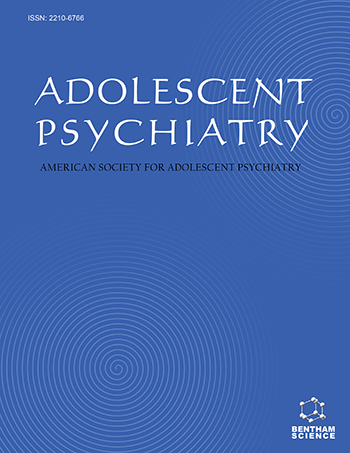Abstract
Background/objectives: Cigarette smoking remains the leading cause of preventable death in the United States with the vast majority of adult smokers starting prior to the age of 18. Despite the public health relevance and implications of studying smoking in adolescents, little is known about the initiation of quit attempts, the process of relapse, and the most efficacious treatment interventions in this high-risk and underserved population. Issues such as retention in research studies and accuracy of self-reports have prompted investigators to explore innovative technology-based systems to integrate into treatment studies and services delivery.
Methods: This paper will review the remote monitoring of smoking through means of ecological momentary assessment, biochemical verification of smoking verified through video capture, physiological monitoring, and mobile-delivered interventions using self-reported smoking outcomes in adolescents, when applicable.
Results: Use of remote monitoring methods in adolescent smokers has been limited thus far, though monitoring technology in adults has shown promise for understanding relapse and delivering treatment interventions.
Conclusions: Comprehensive technology-based systems that do not rely primarily on self-report to monitor smoking would be a highly fruitful and innovative avenue to explore with adolescent smokers. Technology integration holds great promise to improve health-related research, treatment delivery, cost-effectiveness, and just-in-time interventions, but its novelty comes with unique problems and concerns to be carefully considered.
Keywords: Adolescents, mHealth, relapse, remote monitoring, smoking cessation, technology, tobacco.



























